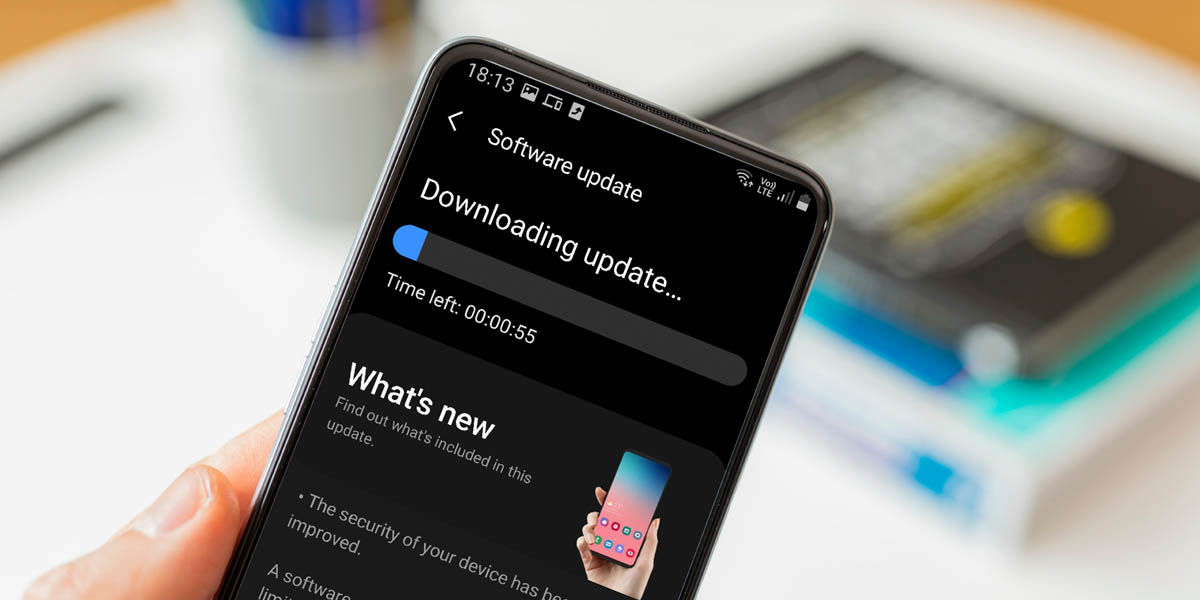
Although prices have increased due to inflation and shortages of some supplies that affect the entire planet, we cannot deny that the mobile market is experiencing one of its best moments for consumers.
In Spain, mobile phones and electronic products have a 3-year warranty since last year; in Europe, the EU strongly promotes the standardization of USB-C and payment alternatives; Globally, several companies have increased Android updates for several of their mobiles up to 4 years. And related to these last two, it turns out that Europe now wants 5 years of updates for all mobiles , as well as better access to new software versions and repairs.
Faster updates, better availability of spare parts and zero tricks, the EU bets on users

Thanks to the leak of a legal draft and a report on the state of the smartphone industry, we know that the European Commission (EC) is working on a new regulation. The documents suggest a series of changes that will be very positive for consumers , since they will be able to keep their same phone for longer without problem. There are several edges that are addressed, but their keys are in the following points:
- Up to 5 years of security updates for smartphone software.
- A minimum of 3 years of operating system updates (Android, iOS or any other).
- Software updates available in less time , just two months after the public release of the new version.
- Improve access to spare parts , ensuring their existence for a minimum of 5 years after the device stops being sold.
- The battery charge capacity should not change after a software update.
We are going to expand on these points a little more, but it is clear that the European Commission wants users not to change their mobile phones so frequently. In fact, the goal would be to bring the useful life of your device to a minimum of 5 years . This is much more than the 2 or 3 years that most manufacturers offer today, except in the high range.
The new regulation is in a very early stage of elaboration , so it is still missing to be discussed and approved (or rejected). In fact, we do not expect the proposals to be firm until the end of 2022, and the discussion will take place as early as 2023.
A regulation for all mobiles, not only for the high-end

The approval of a regulation like this would be tremendously positive for the market. The reason? With it, many manufacturers would be forced to jump through hoops and offer better support for their devices . Some do a good job and have been improving their times, but there is still a lot to improve. Meanwhile, other manufacturers offer painful support.
If we delve a little into the points above, the issue of updates is very important in the mobile market . Currently, companies like Xiaomi or Samsung offer up to 4 years of updates, but only for their best devices. Meanwhile, the mid-range continues to receive news for a year or two (if you’re lucky), a story that repeats itself among almost all manufacturers.
In addition, there is the issue of the availability of updates. Unless you have a Google Pixel or a top-of-the-range mobile, you have to wait months for your device to update . The most serious case is seen when it comes to updating to a newer version of Android, but it also happens with the customization layers. In fact, if you have a mid-range or low-end mobile, sometimes the waiting time can exceed a year, nonsense.
However, on this same point it is necessary to stop a little more. The preliminary document is a bit ambiguous , since it does not specify from what moment the two months start counting. Is it since (for example) Google introduces a new version of Android? Or, is it since the manufacturer announces that a device will receive the update? If it’s the former, it will be fantastic; if it is the latter, some companies will take advantage of the legal loophole.
Regarding spare parts, the document talks about 15 different types , including: batteries, cameras, screens, charging ports, microphones, speakers, hinges (for folding phones) and more. Finally, on the subject of battery charging capacity, this is a resolution that will apply to everyone, but it points directly to Apple. The European Commission will prohibit (unless authorized by the user) that the battery capacity changes after a software update, something that has already happened to the iPhone at the time and raised millions of criticisms.
What do you think of these new measures? Do you agree with them or would you change any of them?